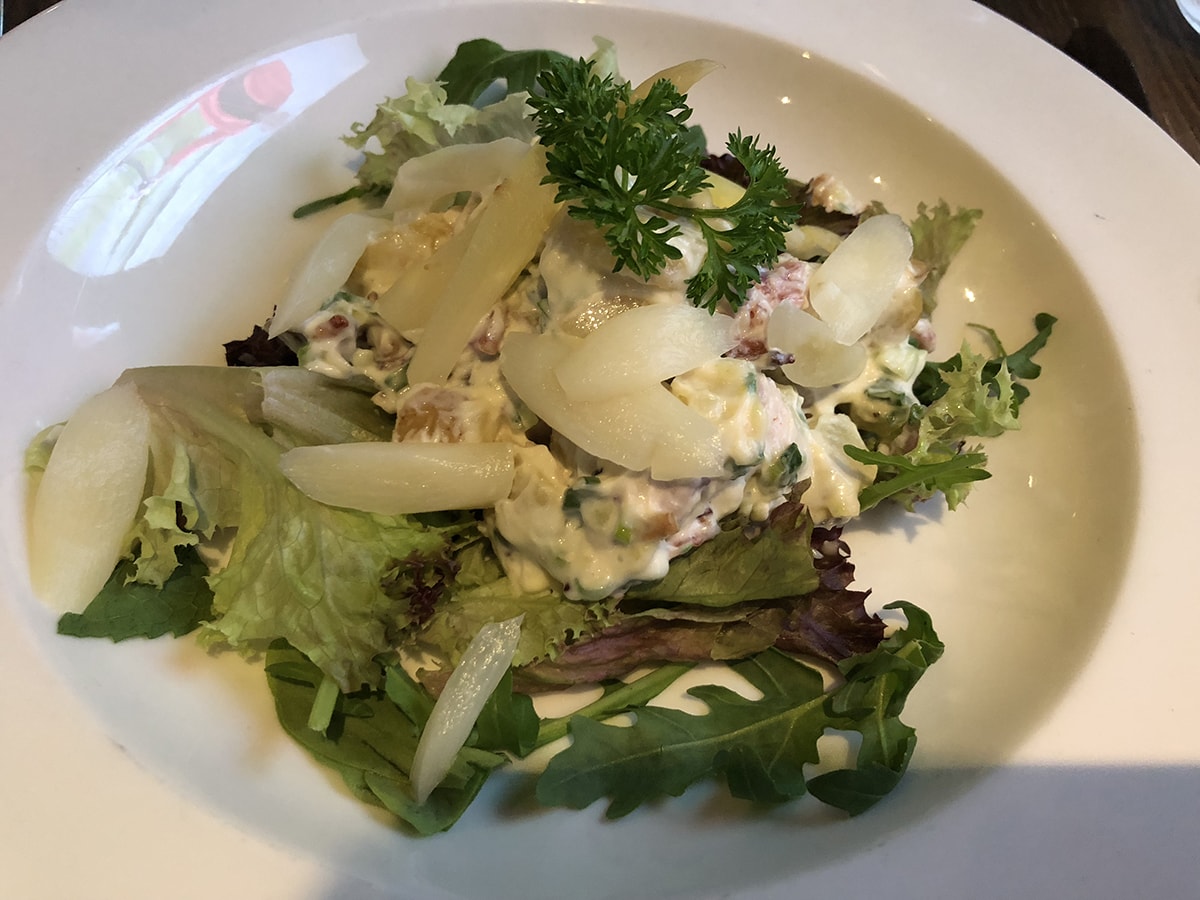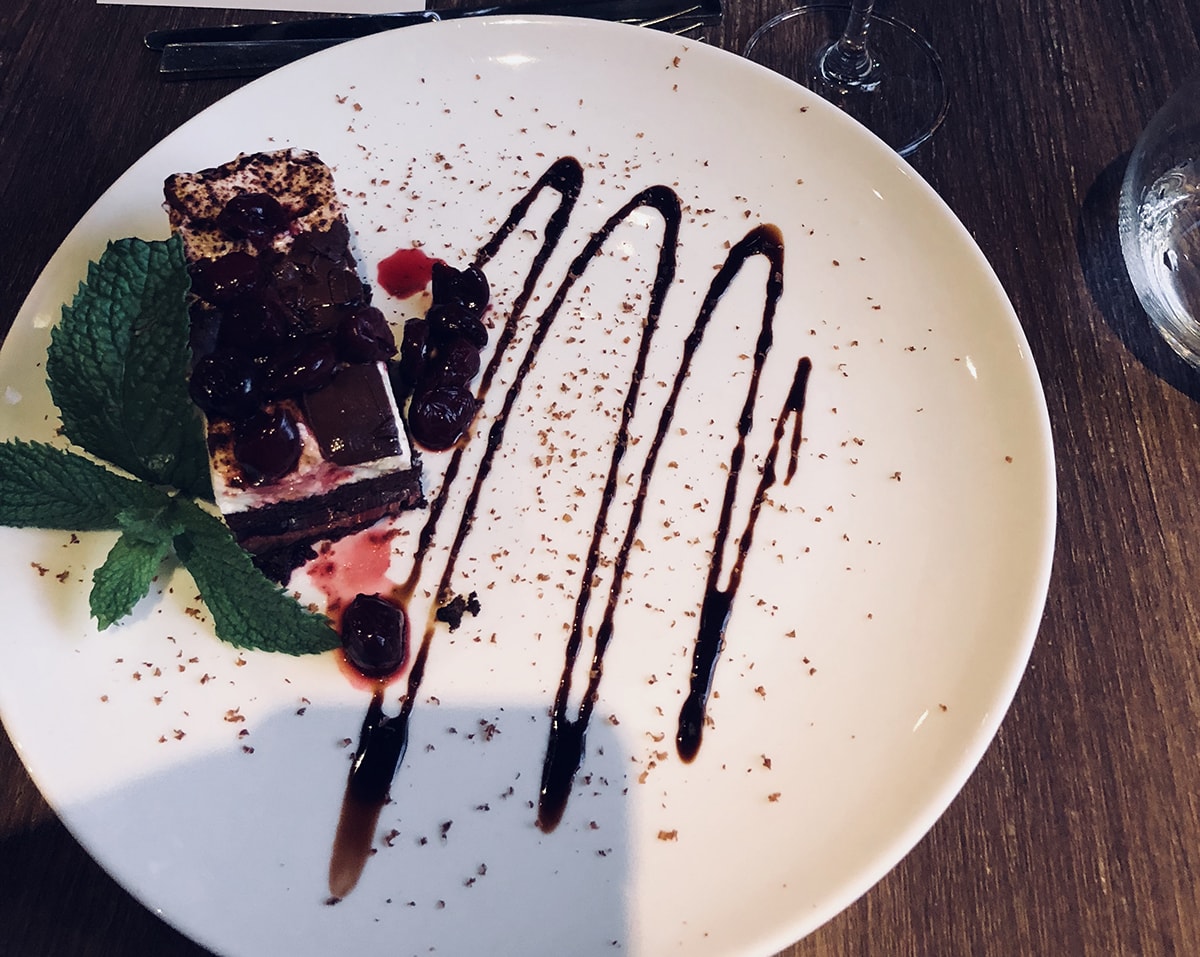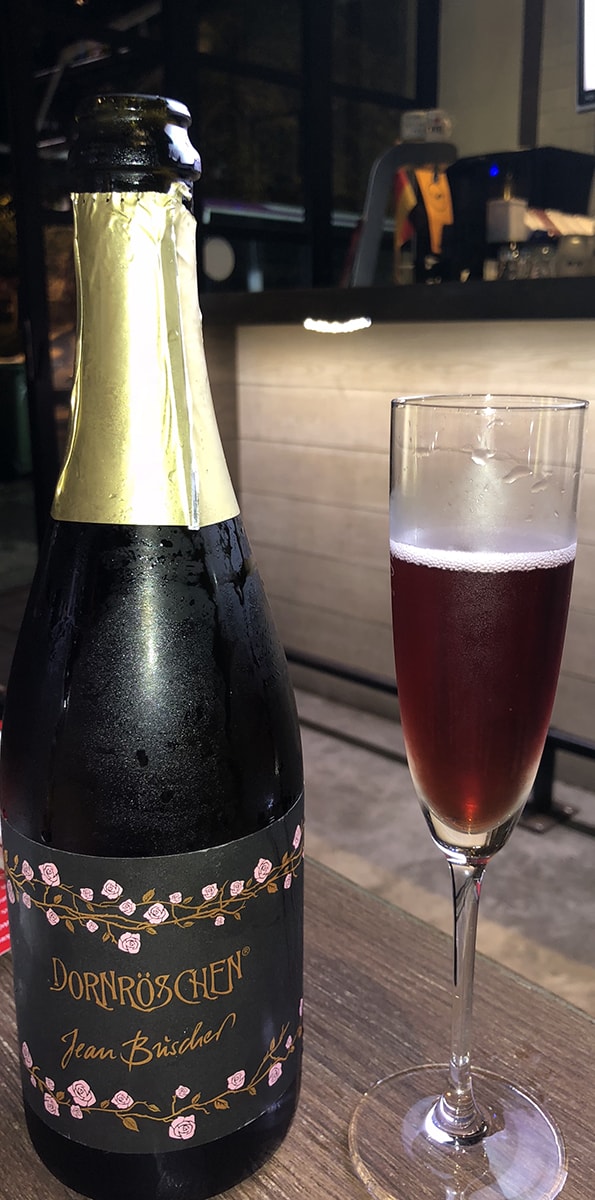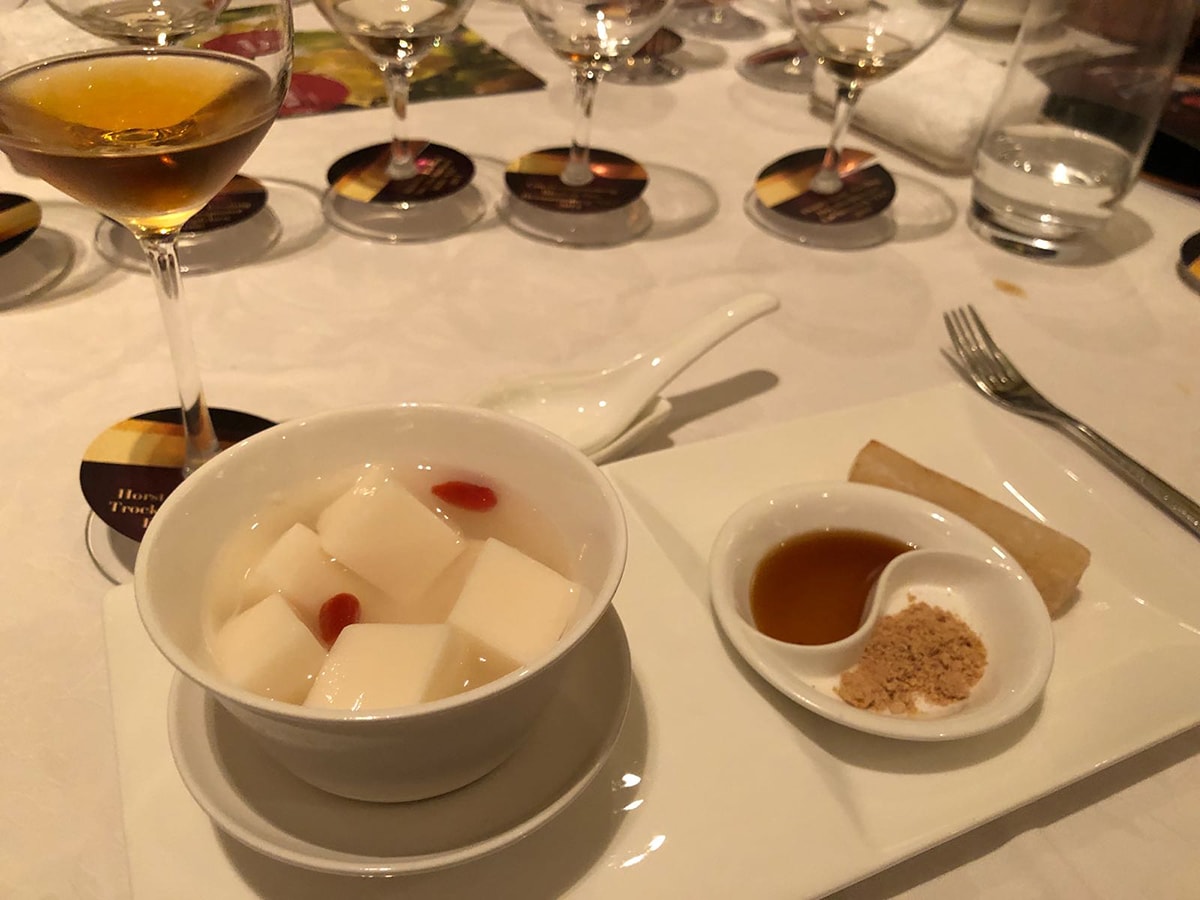From German Football to German Wine
As a die-hard German football fan, I am allowed to say that Die Mannschaft sucks big time at the FIFA World Cup Russia 2018. Such lack of preparation and organization is so un-German. The early exit of the tournament put their defending World Champion title to shame.
For years, many people perceive anything German as unexciting, be it football, gastronomy, or wine. “German football is too mechanical.” “Pork knuckle and what else?” “I don’t like German wines. I don’t drink sweet wines”. How did all these generalizations come about? What is the “German style”? Efficient and systematic, but also dull and monotonous? As the Germans bowed out of this year’s World Cup, it became obvious how the team had gotten too comfortable with prior success, and had failed to adapt to the loss of retired superstars, such as Schweinsteiger, Lahm, and Klose. As much as these legends were once the rocks of the squad, a well-run operation should optimize every aspect of its entity, not only on a few key players. Simply put, no system anywhere in the world could remain on the top of the game without constantly improvising with what they have.
In the world of German wine, that superstar is Riesling. In the 13 Anbaugebiete, or wine regions, of Germany, there is not one where Riesling is not grown. According to 2017 statistics from German National Tourist Board, among the 19 wine grape varieties grown in the country, Riesling alone took over almost 25% of the area. That 23,809 acreage, representing 47.5% of Riesling grown worldwide, makes Germany the leader of Riesling planting, almost 5 times more than 2nd place U.S. No wonder beginner drinkers often think that “all Rieslings are from Germany”, and that “Germany only produces Riesling”.
In reality, of course, the German wine scene is not as monotonic as that. In fact, Germany’s leading red wine, Spätburgunder, or Pinot Noir, takes up 11,767 acreage in the country, which is almost half of that of Riesling. The rest of the Pinot family, Grauburgunder and Weissburgunder, has also received significant attention and enjoyed over 100% growth since 2000, and became the 3rd and 4th most important white grapes in the country respectively.
To let the world gain a better understanding of German wines, Wines of Germany has been very active in launching ambassador programs, developing certification courses, and collaborating with wine trades all over the world. This year is the 6th running of Riesling Weeks here in Hong Kong. Although it was named after Riesling, the campaign has actually brought a fair share of interesting, non-Riesling wines.
Okonomierat Rebholz Gewürztraminer Spätlese, 2015, Pfalz
In a country dominated by the aromatic Riesling, it is interesting to find Gewürztraminer Spätlese, which arguably had an even more intense nose. The wine had a floral note of rose petals, perfume, and was a bit grapey, but not too Muscat-like. Some Gewürztraminers are sticky and fuller in body, but due to its sweetness level (off-dry), Okonomierat Rebholz Gewürztraminer Spätlese had a lighter, smoother mouth-feel. And unlike many of its counterparts that lack finesse due to low acidity, this Gewürztraminer had just enough to balance with its sweetness, rendering a very pleasant, refreshing wine.
Hans Wirsching Iphöfer Kalb Silvaner Erste Lage 2016, Franken with German potato salad with asparagus
At a private dinner hosted by the German National Tourist Board, I was delighted to try again this wine, which was also sampled earlier at the Riesling Weeks Kick-Off Celebration. On its own, the wine offered notes of apple, melon, lemon peel, with a rather broad body and a mineral finish. But when it was paired with the German salad, characters of legume, lentil, and celery all stood out and complemented my potatoes. What a great wine to pair with root-based salad!
Jean Buscher Dornroschen semi-dry sparkling NV, Rheinhessen with Black Forest Cake
Towards the end of the dinner with the Tourist Board came one of my great finds at Riesling Weeks this year. Made of Dornfelder and Rosenmuskateller, the wine was medium dry, with loads of red cherries, strawberries, and black currants, combined with the lively and creamy nature of a sparkling wine. Dornfelder as a dry wine does have characters of “sweet” red fruits, but who would have thought the grape is heaven-made for Schwarzwälder Kirchtorte? Truly something special. Even German Wine Queen Katharina Staab said she had never tried a sweet, sparkling Dornfelder before.
Horst Sauer, Silvaner Trockenbeerenauslese, Escherndorfer 2013 with Almond Bean Curd & Sichuan Mochi coated with Red Sugar
The Grand Finale of Katharina’s week-long mission here was the Gala German Wine Dinner with Chef Deng Hua-Dong at The Hong Kong Jockey Club. She called it “saving the best for last”, and I agreed that the highlight indeed came at the very end. To be honest, I did not read all the details of this 11-course dinner, and only knew that the dessert would be paired with a trockenbeerenauslese (TBA). Chef Deng showed off his mastery skill and creativity in his dessert by putting together two contrasting elements: Delicate bites of almond bean curd and the chewy but chewable Sichuan mochi. To match this dish, the wine had to fulfill the challenge of being subtle and substantial at the same time. A rare, highly-prized German TBA was a sensible choice, I thought, as I savored its appealing notes of honey and dried apricot intertwined with heather, hay, and intense minerality. But wait! It’s a SILVANER TBA! A grape long sitting in the shadow of Riesling, Silvaner shocked me in presenting this elegant, complex example. Kudos to winemaker Horst Sauer who took Franconia’s flagship grape to another level.
Congratulations to Riesling Weeks - you did it again. Just when people thought they would simply be tasting Rieslings of various sweetness levels and from different parts of Germany, you brought these fantastic, delicious surprises to us, one after another. It warms my heart that young German winemakers are dedicated to finding a place for these German grape varietals and making a difference in the German wine landscape. Happy are those who experiment and explore; their efforts would be paid off.
Over to you now, Deutscher Fussball Bund.
Article by: Alice WONG, DipWSET
© 2024 Vinetude - All Right Reserved



